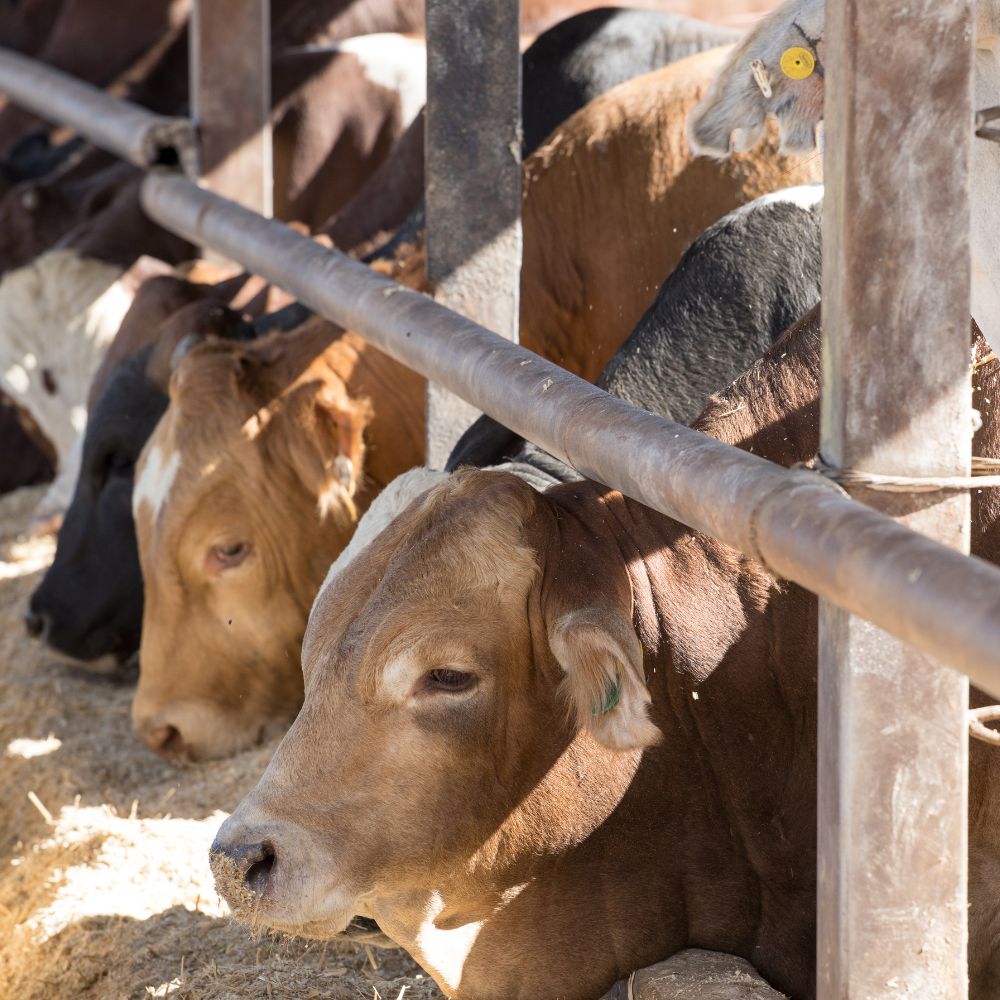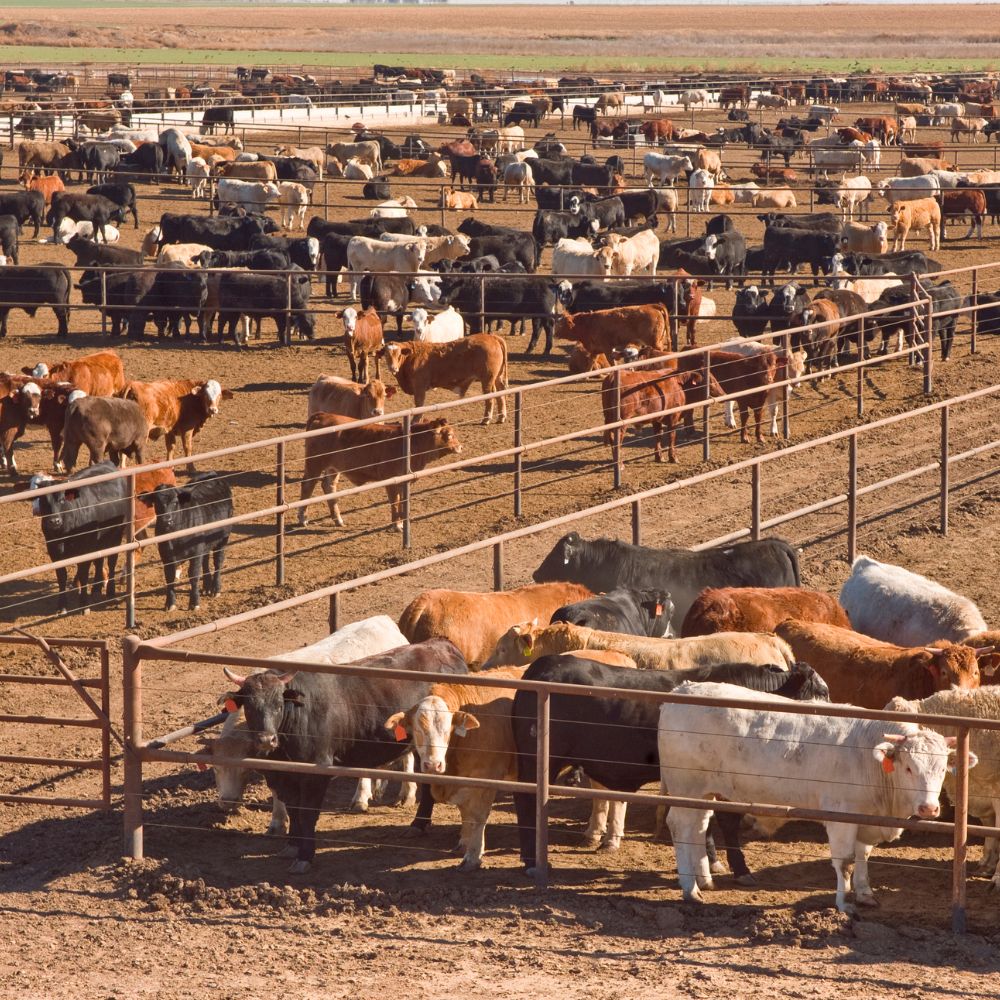8 Simple Techniques For Bagley Risk Management
8 Simple Techniques For Bagley Risk Management
Blog Article
Get This Report about Bagley Risk Management
Table of ContentsNot known Facts About Bagley Risk ManagementBagley Risk Management Fundamentals ExplainedIndicators on Bagley Risk Management You Should KnowAll About Bagley Risk Management3 Simple Techniques For Bagley Risk Management
In this manner, if rates do drop below that break-even point by the end day, insurance policy holders are secured versus a loss. This is very similar to the way barnyards operate, though they utilize a conventional bush. As soon as a breeder agreements their livestock with a feedlot, they hedge those cattle to secure in the profit point.This will be countered by the boosted value of the livestock., breeders safeguard against a decrease in the futures board, but do not lose out on the greater return when costs go up.
They do this by selecting a lower percent of the projected ending value - LRP insurance. This is a terrific approach for those trying to find lower costs rates or that have a greater risk tolerance because of solid monetary health. This method may not secure productivity, but it can secure versus significant market drops
There is not a great deal of security or coverage on a month-to-month basis, yet if there is a severe mishap, manufacturers have the tranquility of mind that originates from knowing they will only be liable for a particular amount out of pocket. Just remember, expect the most effective but prepare for the worst.
Bagley Risk Management Things To Know Before You Buy

Feeder cattle can be covered up to a 900-pound predicted end weight and fed livestock can be covered up to a 1,400-pound end weight. With several weight classes to choose from, it is possible to cover pets via the barnyard to the packer rail.
Applications can take several days to process and just filling up one out does not lock the applicant into a plan. As soon as the application is accepted and ready, the LRP recommendation, with its end day and predicted ending value, can be locked in quickly. This enables ranchers to cover calves when the rate is best for their market risk monitoring objectives.
Image Politeness USDA-NRCS Rates for calf bones, feeder cattle and finished livestock have actually established some new documents this fall and very early wintertime. A combination of circumstances has actually sped up these historic rates. There is currently a great deal of cautious positive outlook for cow-calf manufacturers as they consider the future.
The Ultimate Guide To Bagley Risk Management

There are some advantages to producers in using LRP insurance coverage as contrasted to a traditional feeder cattle contract or acquisition of an option - LRP insurance. One is the flexibility in the number of cattle that can be guaranteed. There is no lower limit to the number of livestock that can be guaranteed
There is no responsibility to market livestock on which you have actually acquired LRP Feeder Livestock insurance coverage. You may select to preserve ownership and still be eligible for the indemnity needs to the Actual End Value fall below your Protection Cost. You might market cattle covered by LRP any time, supplied the transfer of possession does not occur greater than 60 days prior to the LRP Agreement End Day.
If livestock perish and your Ag, Threat Consultant is alerted within 72 hours of you finding out of the death, the insurance coverage continues to be in result, and the producer is eligible for indemnities because of cost loss, even on those pets which died. Yes! Calf bones can currently be covered before unguis struck the ground.
Bagley Risk Management Can Be Fun For Anyone

Step 1) Full an application. Applications make certain newbie clients can be pre-approved to write an LRP plan It is cost-free! Action 2) Secure an Unique Protection Endorsement (SCE) when you find a quote that meets your objectives. There are many degrees of quotes that are launched everyday making this an extremely flexible product that will fit any type of manufacturer.
We are below for you. Together, we're much better. With each other, we'll safeguard your investment.
With the perpetual variation and unpredictability of the market, Animals Risk Defense (LRP) is something all livestock manufacturers need to think about. The key purpose of LRP is to secure against the unanticipated downward cost activity in the market by establishing a base on any offered day and kind of cattle you desire to insure.
Bagley Risk Management - Questions
There are a variety of protection degree options varying from 70 to 100 percent of the expected ending worth (https://pubhtml5.com/homepage/cxeyk/). At the end of the selected insurance coverage duration, if the real ending value is listed below the protection rate, you will certainly be paid an indemnity for the difference in price. Manufacturer anticipates to market 1,000 head of 11cwt livestock and picks coverage of $66
As of 2020, LRP (Livestock) is currently readily available in all states when the market is readily available. Fed Cattle with ending weights in between 1,000lbs-1,400 lbs that will be marketed for massacre near the end of the insurance policy period.
Report this page